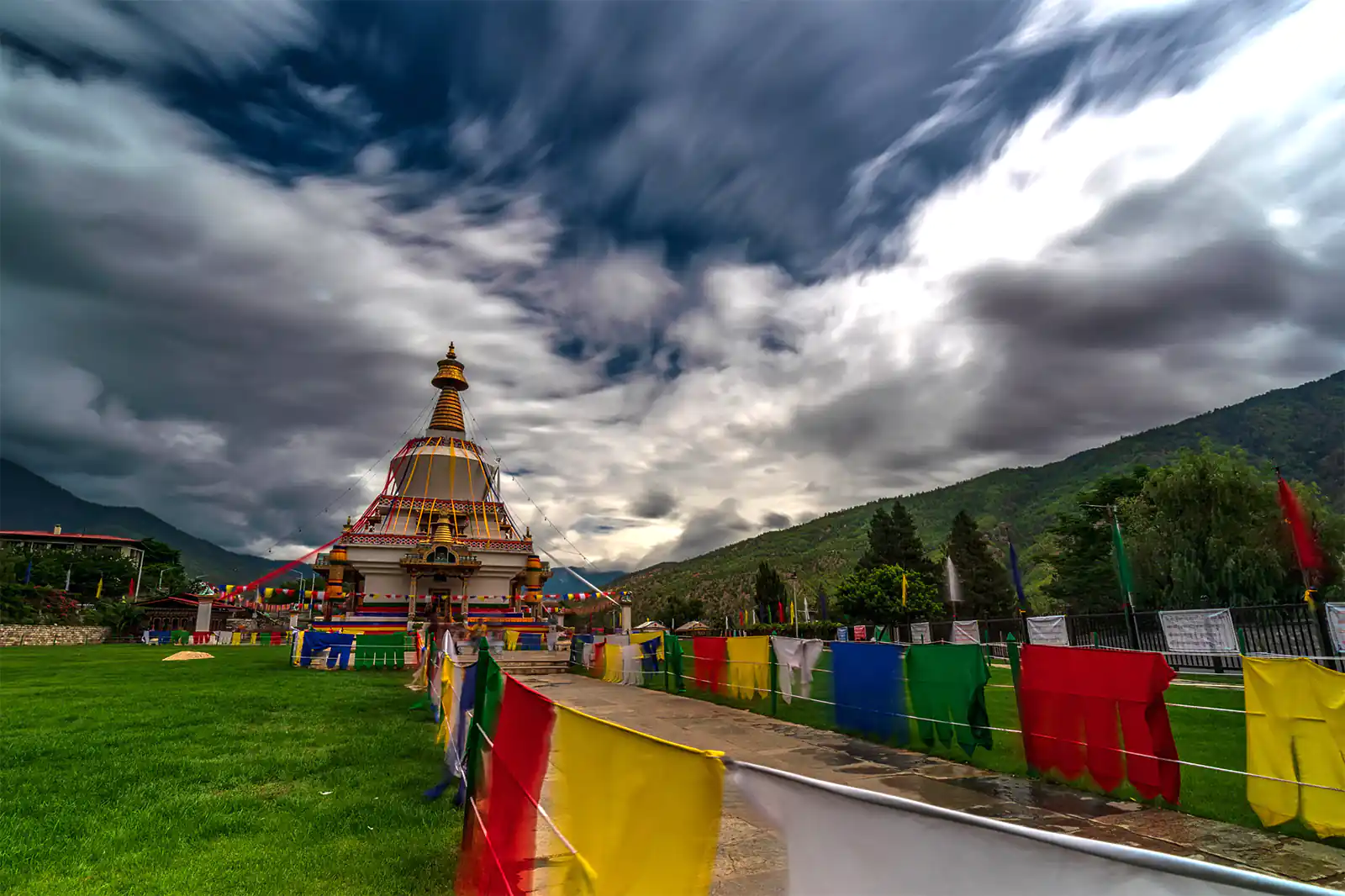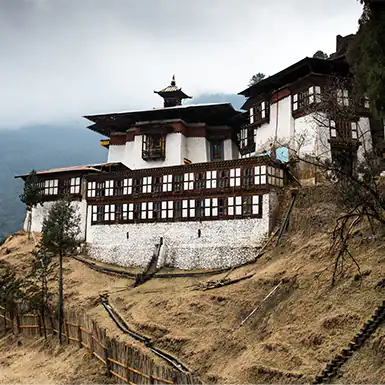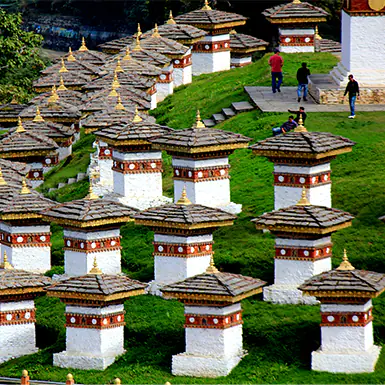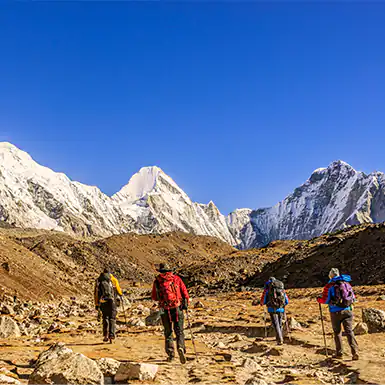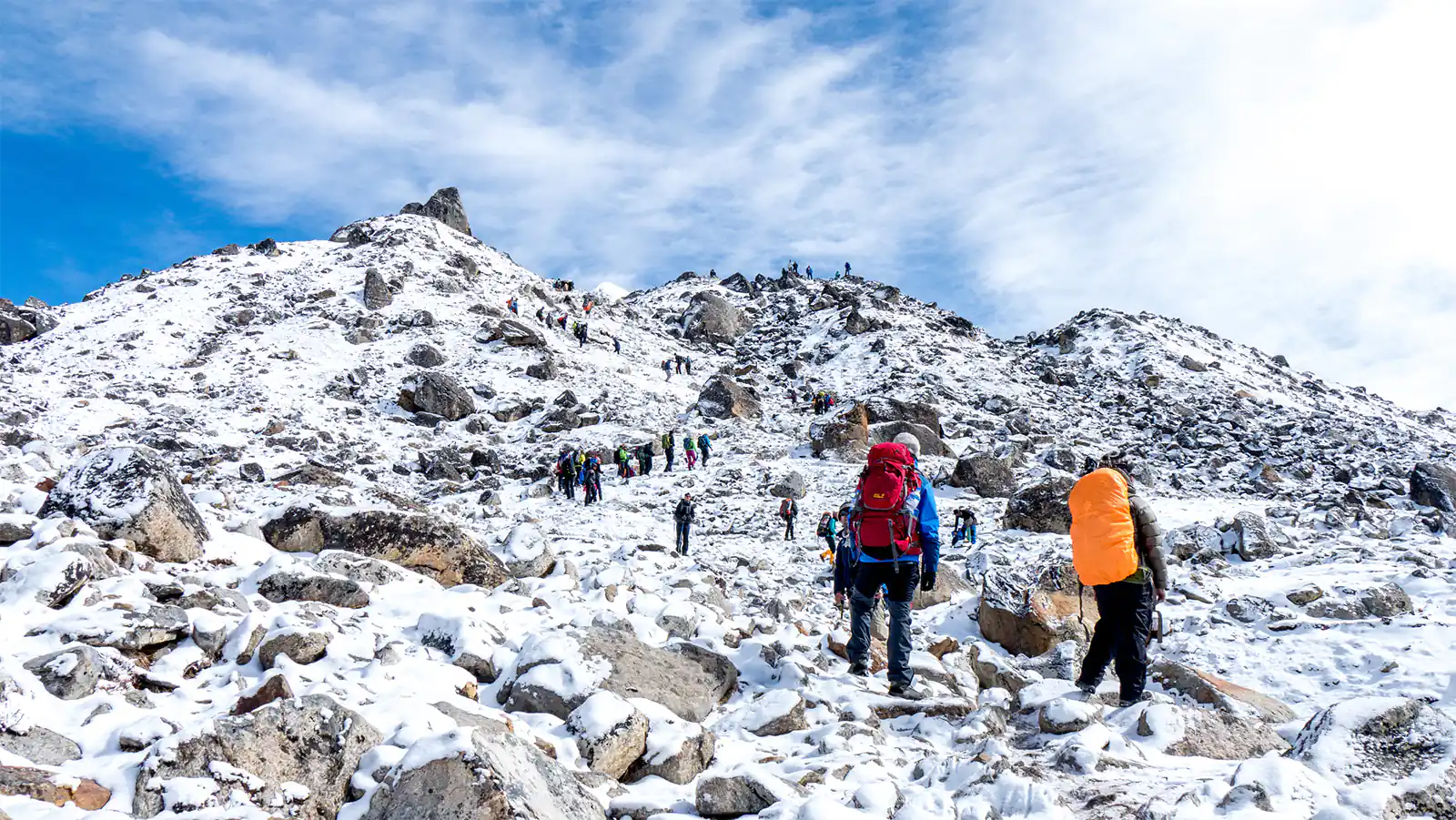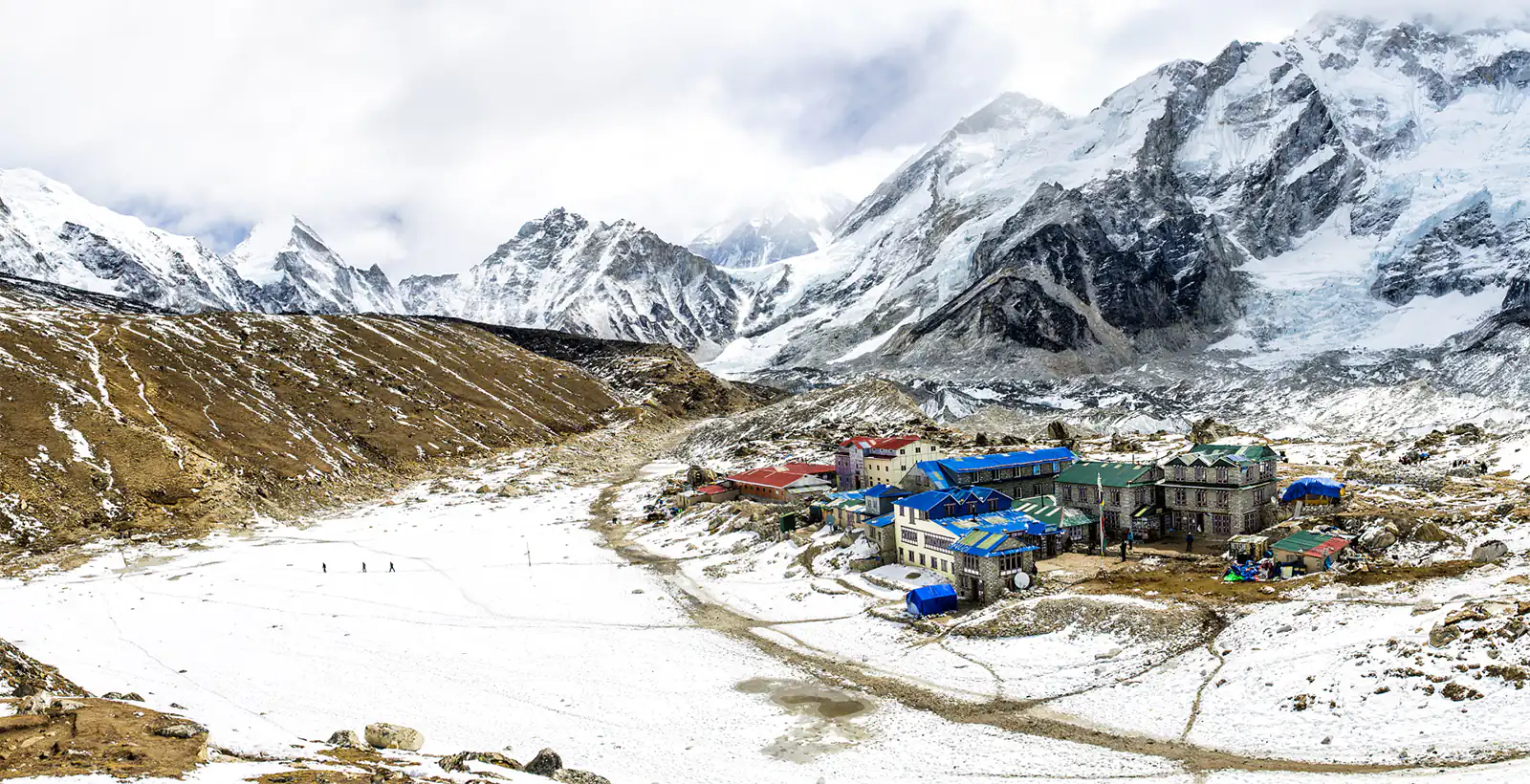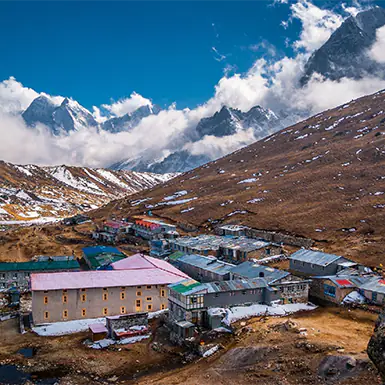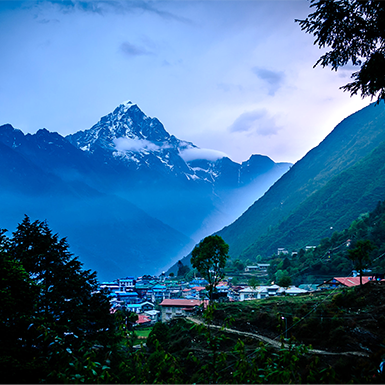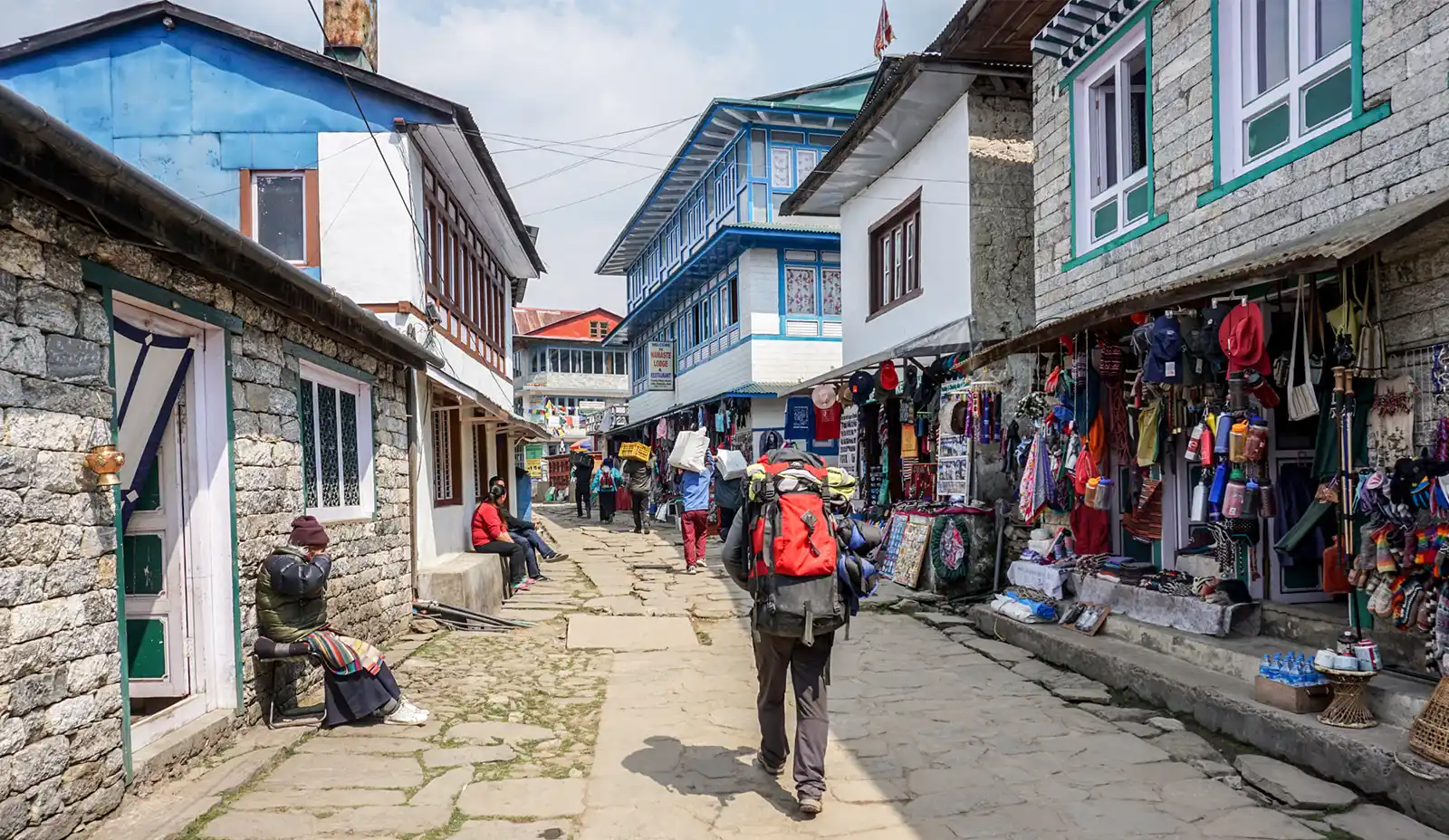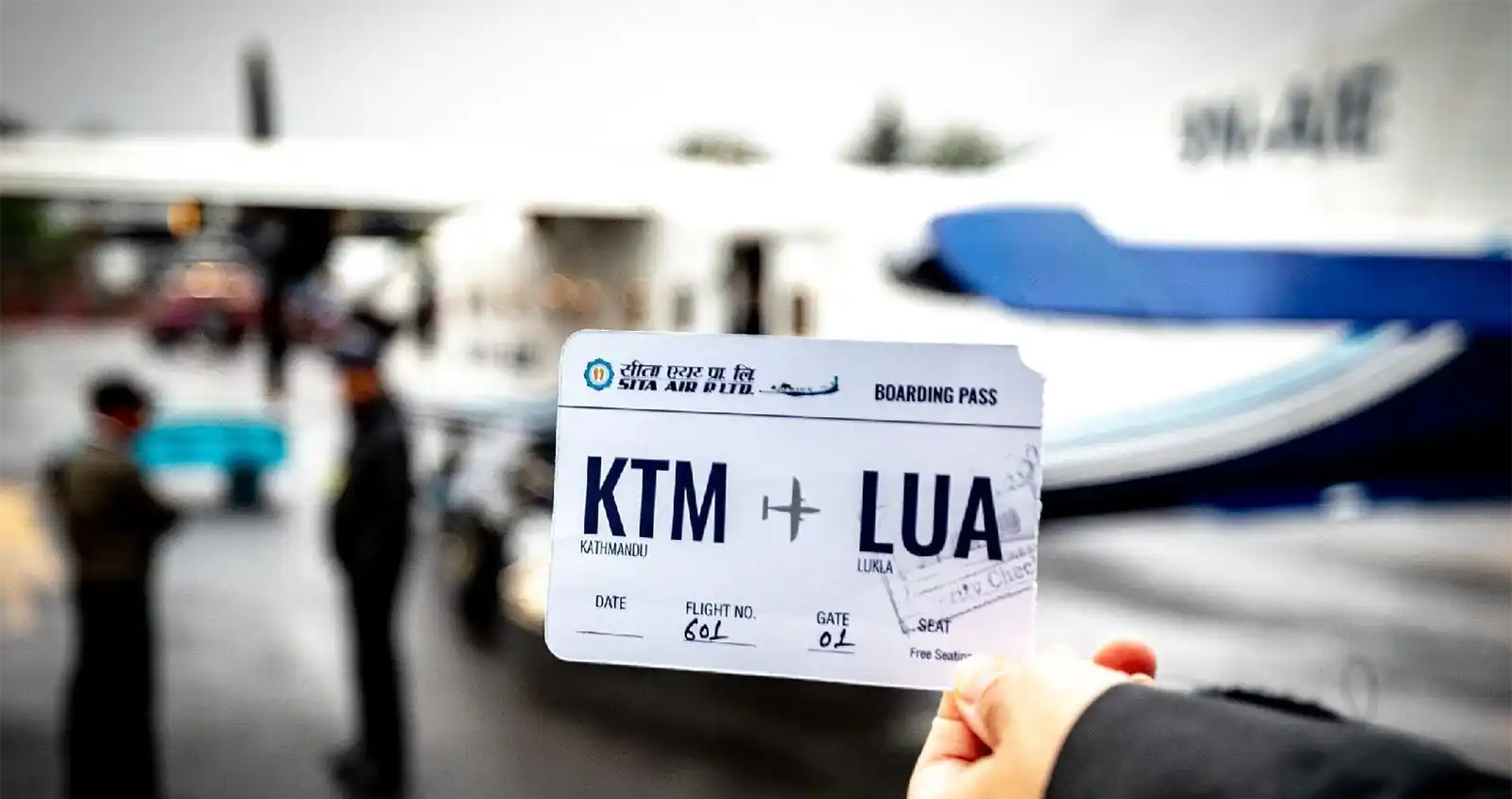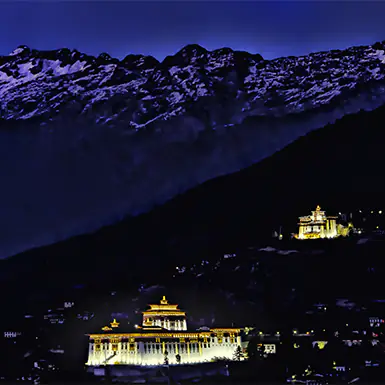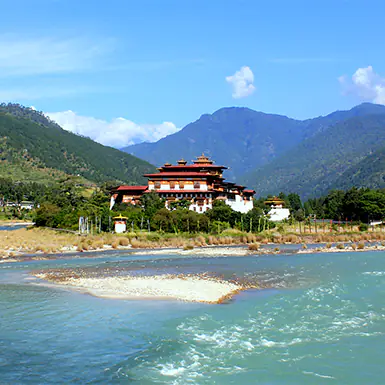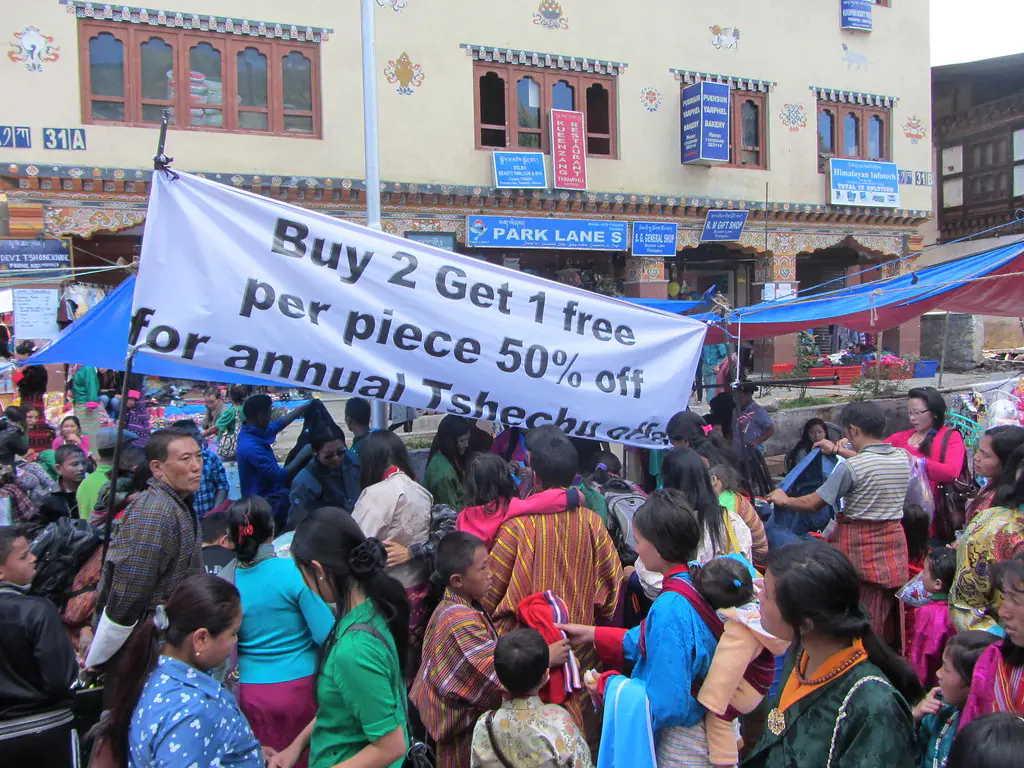The Scenic Trek to Tango Monastery
An Enriching Hike Through Nature
Reaching Tango Monastery involves a pleasant one-hour hike through lush forests of pine and oak. The trail meanders alongside a crystal-clear river and offers glimpses of wildlife, including birds and occasional glimpses of grazing deer. The path is well-maintained, making it accessible for hikers of all levels.
Breathtaking Views Along the Way
As you ascend, panoramic views of the surrounding valleys and distant mountains unfold. The clean mountain air and the melody of nature accompany you, making the journey as rewarding as the destination. The trek embodies the Bhutanese appreciation for harmony between nature and spirituality.
Legends and Myths Surrounding Tango Monastery
The Tale of the Horse’s Head
The name “Tango” translates to “horse head” in the local language, rooted in the legend of Phajo Drugom Zhigpo’s vision. The story tells of how he heard a horse neighing and saw a cliff resembling a horse’s head, which was a manifestation of the deity Tandin. A divine vision guided him to build the monastery in this sacred place.
The Sacred Relics Within
Inside the monastery, visitors can find sacred relics, such as a miraculous statue of the Buddha and the skull of the legendary Tibetan king, Trisong Detsen. These relics enhance the monastery’s spiritual significance and attract both pilgrims and history buffs.
Visiting Tango Monastery Today
Practical Information for Travelers
- Location: Approximately 14 kilometers north of Thimphu, accessible by a short drive followed by a hike.
- Visiting Hours: The monastery is open to visitors during daylight hours. For a more enjoyable trek, start early.
- Entry Requirements: A valid Bhutanese visa and a permit to visit religious sites are necessary. Guided tours can be arranged through a licensed operator.
- Dress Code: Please dress modestly, covering your shoulders and knees.
- Photography: Photography is allowed in exterior areas but prohibited inside temples to protect sacred artifacts.
Cultural Etiquette and Respect
Visitors are encouraged to observe local customs:
- Silence: Maintain a quiet demeanor to respect the monks and those meditating.
- Offerings: It’s customary to make a small donation or offer butter lamps.
- Interaction with Monks: Friendly greetings are welcomed, but be mindful of their schedules and practices.
Tango Monastery’s Role Among Monasteries in Bhutan
A Symbol of Bhutanese Heritage
Tango Monastery, a prominent Bhutanese monastery, reflects the country’s commitment to preserving its spiritual heritage. Its historical significance and ongoing contributions to Buddhist education make it a special place among Bhutan’s many monasteries.
Contribution to Cultural Tourism
The monastery attracts scholars, pilgrims, and tourists, contributing to Bhutan’s reputation as a destination that values cultural preservation over-commercialization. Visitors gain authentic insights into Bhutanese spirituality and way of life.
The Rejuvenation of Tango Monastery
Restoration and Preservation Efforts
In 1688, Tenzin Rabgye, the fourth temporal ruler of Bhutan, initiated significant renovations of the monastery. His efforts revitalized Tango, ensuring that it remained a vital center for spiritual growth. Ongoing preservation projects continue to maintain the monastery’s structural integrity and spiritual atmosphere.
Modern-Day Significance
Today, Tango Monastery continues to adapt while honoring its traditions. It embraces modern educational methods within its monastic school, ensuring that the teachings of Buddhism remain relevant and accessible.
Trekking profoundly to Tango Monastery
The adventure from Thimphu to the Tango Monastery is full of wonder. It takes roughly 20 to 25 minutes to get to the beginning location of this trek from Thimphu. The trek will take you through a hardwood forest and lush fauna. Furthermore, the beautiful species begin to rise as you traverse the woods. Endurance may be adequate due to the trail’s slight incline. Aside from that, the gloomy atmosphere with the calm atmosphere and the goats and dogs in the surroundings make this trek even more enchanting. The magnificent Tango Monastery will formally greet its visitors within 45 minutes with its majestic presence.
Conclusion: Embracing the Peace of Tango Monastery
A visit to Tango Monastery is more than a sightseeing excursion; it’s an opportunity to connect with Bhutan’s spiritual heart. The combination of historical depth, architectural beauty, and serene natural surroundings makes it a must-see among monasteries in Bhutan. Whether you are a devout Buddhist, a history enthusiast, or a traveler seeking tranquility, Tango Monastery offers an enriching experience that resonates long after you depart.


